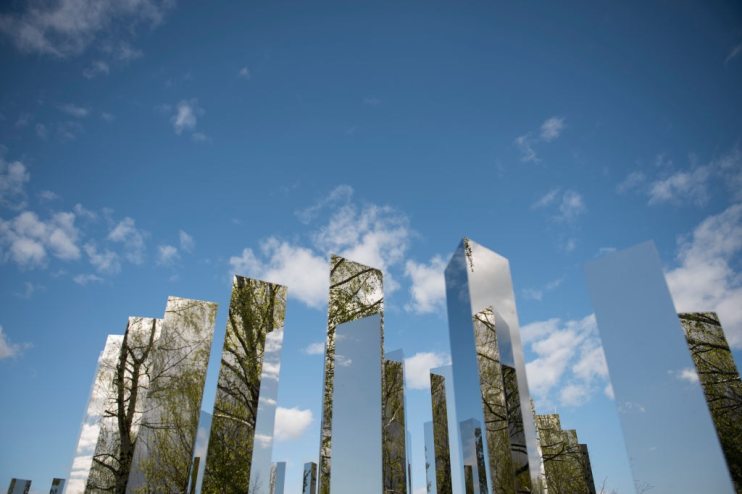Science: UK to take the lead on detector for powerful new particle collider

Nuclear and particle physicists in the UK will be leading preliminary work to help design detectors at a new facility in the US.
The Electron-Ion Collider (EIC) will be built at Brookhaven National Laboratory, America, with the aim of providing answers to some of the most fundamental questions in science on the nature of matter.
This will be done through £3mfunding from the Science and Technology Facilities Council (STFC). The EIC will allow scientists to image, in exquisite detail, the quarks and gluons that are found inside protons and atomic nuclei.
They will be able to study not only how they are distributed but also how they move and interact with one another.
The research will revolutionise our understanding of the strong interaction – one of the fundamental forces of nature.
This force governs the behaviour of hadrons – the family of subatomic particles that includes protons and neutrons – and is behind more than 99 per cent of the visible mass of the universe.
Scientists will use the EIC to try to find out how the strong interaction works as a glue to hold matter together.
Over two and a half years, the UK will lead the development of some of the detector technologies that will enable the science.
Justin O’Byrne, STFC associate director, nuclear physics, said: “The UK nuclear physics community is a small yet highly impactful research community, and is international recognised for its leadership and expertise.”
“This early work will ultimately influence the capabilities and the scope of the experiment, and therefore the results that will come out of it,” he said.
“Through this funding, we are positioning UK scientists to take a strong leadership role in influencing what the EIC detectors will be.”
The EIC is like a high-energy electron microscope but with the ability to explore the internal structure of protons and nuclei.
Detectors must be able to pick up the scattered electrons and any particles produced in each collision with high precision.
This allows scientists to construct an accurate picture of what is found inside.
Construction of the accelerator and its detectors is expected to begin in 2023/24, once the technical design is complete.
The first-year funding was approved under the UK Research and Innovation Infrastructure Fund.